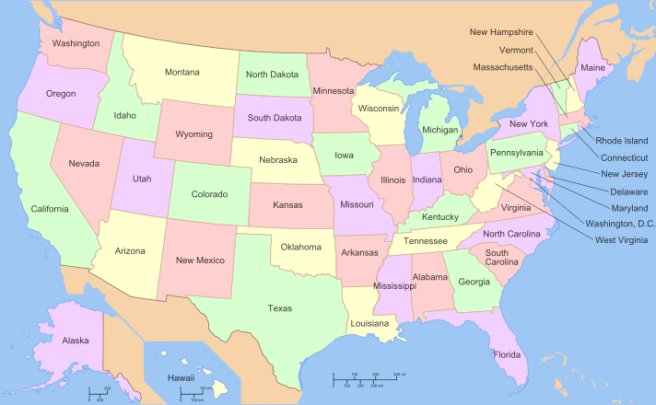Hi All
I have attached the “free” booklet, Family Guide to College Savings, sponsored by Legg Mason.
First, caveat emptor! The financial industry has realized that 529 college savings plans are a potential gold mine of assets to be managed (think sales fees, profit, etc).
Second, if you do your due diligence 529 college savings plans are a great tool.
Third, the Savingforcollege.com web site has a lot of useful information but it will also try to sell you something. Use the free stuff and enjoy.
I quickly skimmed the attached booklet and it has some great and useful information. It also is a bit behind and includes some out of date information regarding the FAFSA. If you are interested in college savings plans I would encourage you to read it. Legg Mason is the sponsor of the book and you should note that they do “asset management”. I would love to do asset management of 50 million for a modest 1% fee (do the math). The costs of asset management are a major variable in your ultimate returns so pay close attention.
ASPIRE Guide to College Savings 2013
Have you looked at the Oregon College Savings Plan site?
Cheers, George
George A. Letchworth, Ph.D.



